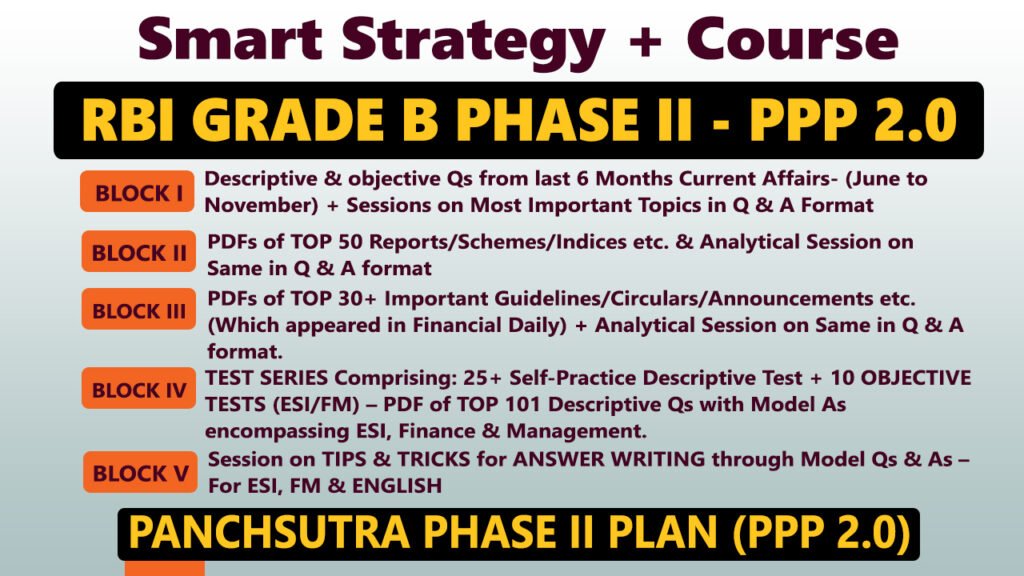Context:
The Securities and Exchange Board of India (SEBI) has released a consultation paper proposing sweeping changes to mutual fund (MF) regulations. The reforms aim to revamp the Total Expense Ratio (TER) structure, enhance transparency in investor charges, and ease business restrictions on Asset Management Companies (AMCs).
Key Highlights:
TER Structure and Transparency
- Definition of TER expanded:
To include all costs — base expense ratio, brokerage, exchange fees, regulatory fees, and statutory levies. - Disclosure requirement:
AMCs must disclose a complete cost breakdown in the all-inclusive TER, giving investors a full picture of charges. - Brokerage cap:
- Cash market: Reduced from 0.12% (12 bps) to 0.02% (2 bps)
- Derivatives: Reduced from 0.05% (5 bps) to 0.01% (1 bps)
→ Prevents investors from being charged multiple times for overlapping services.
- Removal of additional distribution expense:
The long-standing provision allowing AMCs to charge an extra 5 bps for distributor commissions and marketing expenses will be scrapped.
Open-Ended Scheme Adjustments
- To offset reduced distribution margins, SEBI proposed a 5 bps upward revision in the first two TER slabs for small open-ended active funds.
- Statutory levies (like STT, GST, and stamp duty) will be excluded from the TER cap, ensuring future tax changes are passed directly to investors.
Relaxation of AMC Business Restrictions
- Regulation 24(b) review: SEBI proposes allowing AMCs to offer investment management and advisory services to non-pooled funds (for large institutional clients).
- Conditions:
- Creation of ‘Chinese walls’ (internal separation of units)
- Key employee segregation
- Direct reporting to AMC CEO
→ Intended to prevent conflict of interest and align India’s AMC framework with global practices.
Differential Expense Ratio and Operational Reforms
- Performance-linked TER: AMCs may be allowed to voluntarily link TER to scheme performance.
- New Fund Offers (NFOs):
Launch-related costs up to unit allotment must be borne by the AMC, not charged to investors. - Winding-up costs defined:
Includes custodian and audit fees, but excludes advisory or investment fees. - Trustee meetings:
Frequency to be reduced from six to four per year.
Review of Mutual Fund Structure
- SEBI invited comments on the existing three-tier MF structure — comprising the Sponsor, Trustee, and AMC.
Suggestions include allowing corporate or LLP-based fund structures and potentially replacing trustees with independent oversight. - Industry experts like Jimmy Patel (Quantum MF) and D.P. Singh (SBI MF) welcomed the proposals, citing improved efficiency and international alignment.
Objective and Expected Impact
- Investor Benefit:
Lower costs, simpler disclosures, and enhanced transparency. - Industry Benefit:
Greater operational flexibility, diversification of AMC activities, and efficiency through digital and non-retail advisory expansion. - Regulatory Goal:
Build a transparent, competitive, and globally aligned mutual fund ecosystem in India.
Key Terms Explained
| Term | One-Line Explanation |
|---|---|
| TER (Total Expense Ratio) | Annual percentage of fund assets charged to cover management and operational costs. |
| AMC (Asset Management Company) | Entity that manages mutual fund schemes and investor money. |
| AUM (Assets Under Management) | Total market value of assets a fund manages on behalf of investors. |
| Basis Point (bps) | One-hundredth of a percent (0.01%), used for precise fee or rate measurement. |
| Chinese Wall | Internal barrier preventing conflict of interest between two business units. |
| Non-Pooled Fund | Investment vehicle serving large, specific clients rather than public investors. |
| NFO (New Fund Offer) | Initial launch phase of a mutual fund scheme to raise capital from investors. |



















